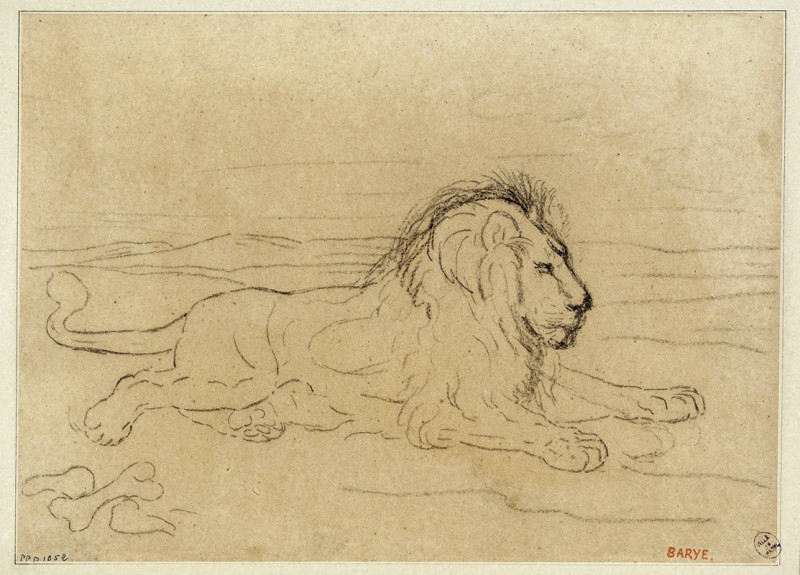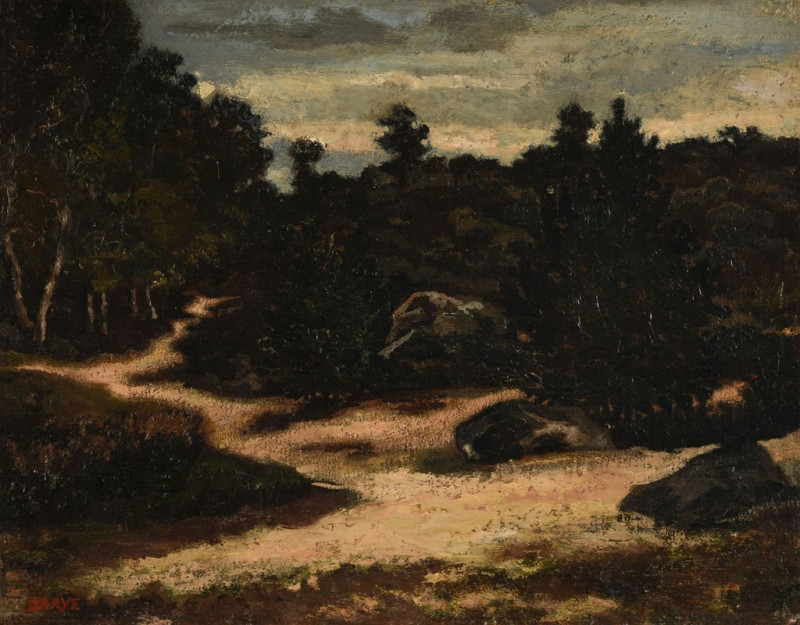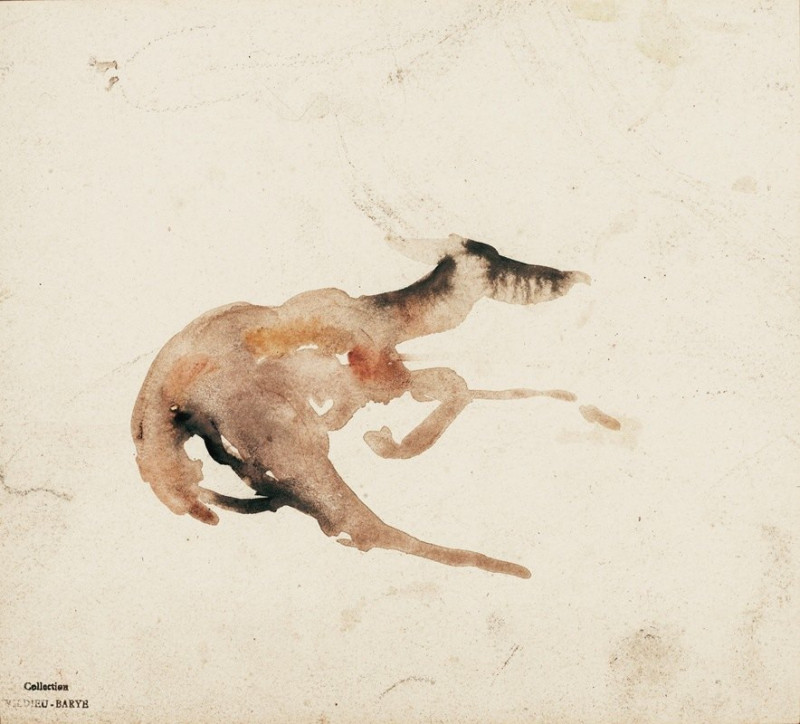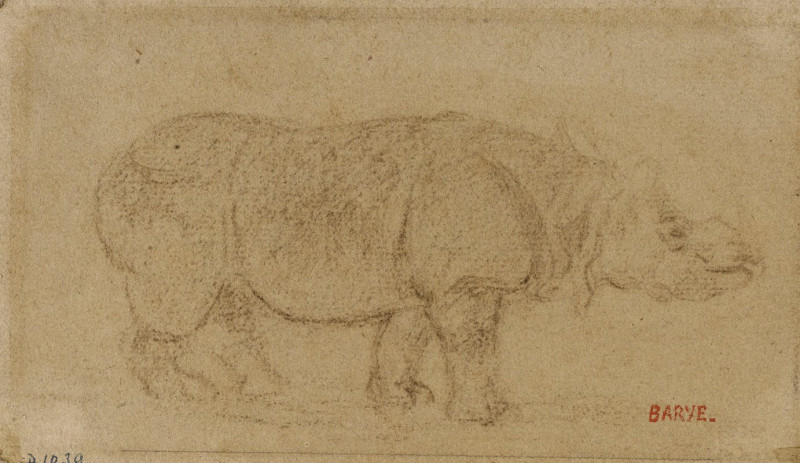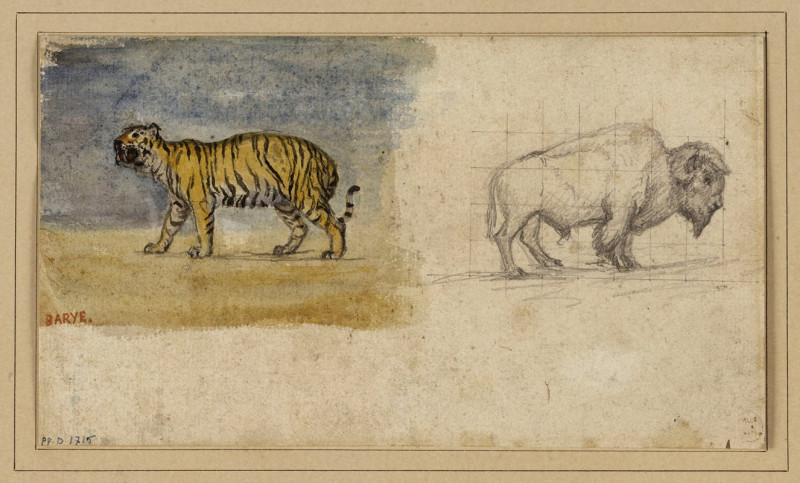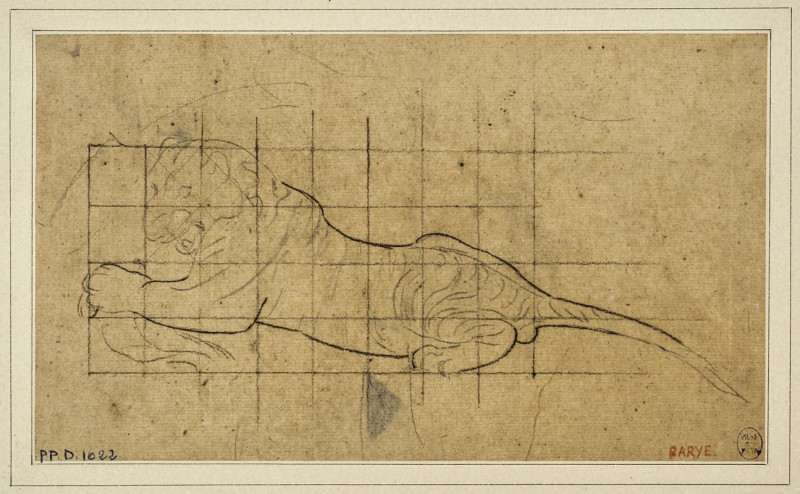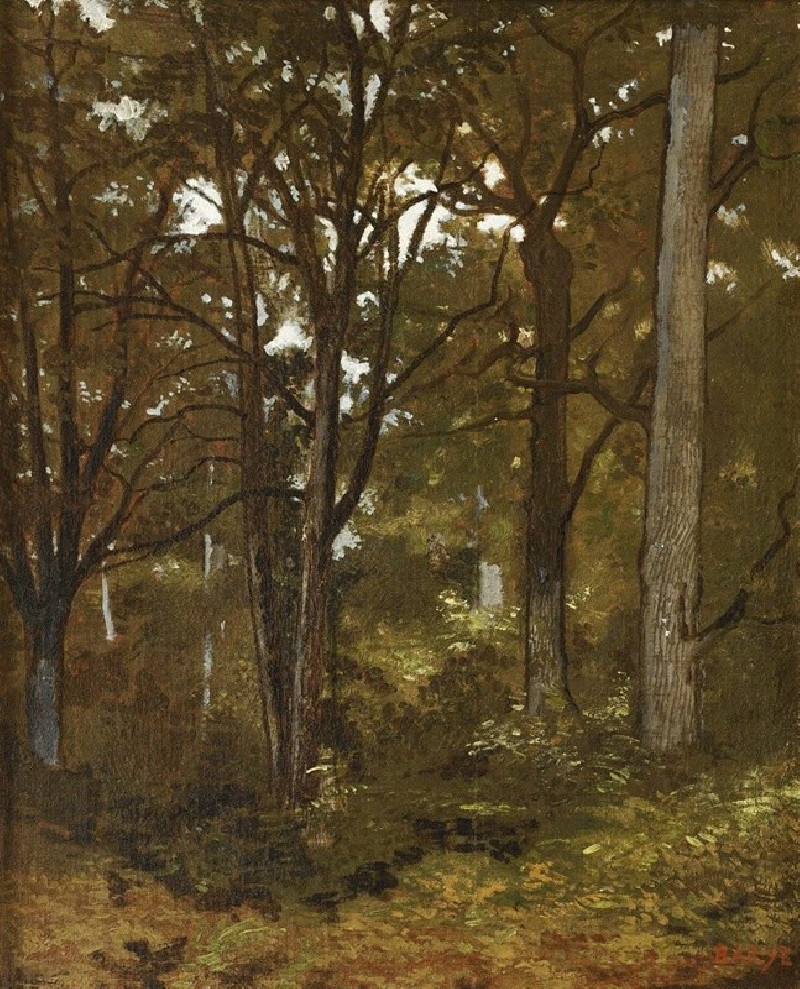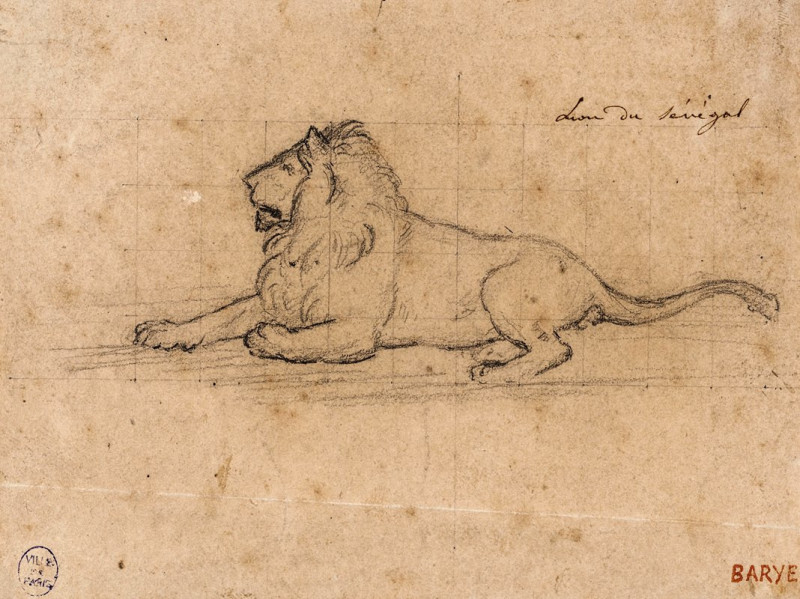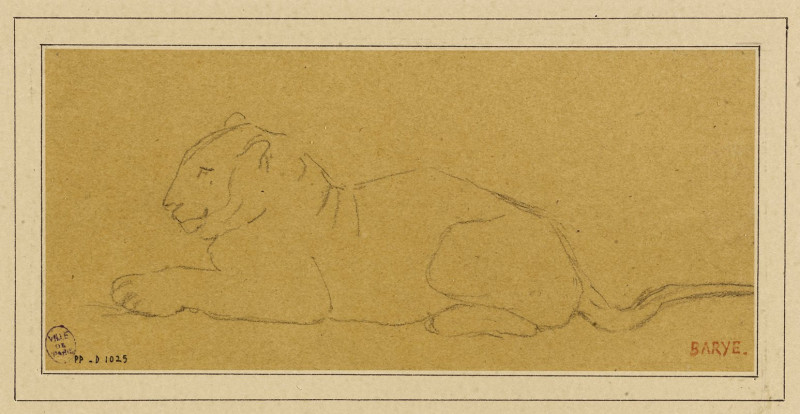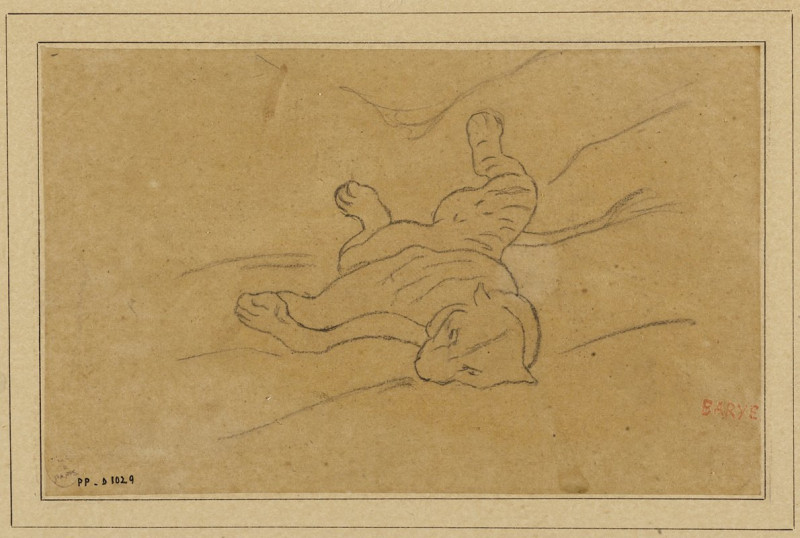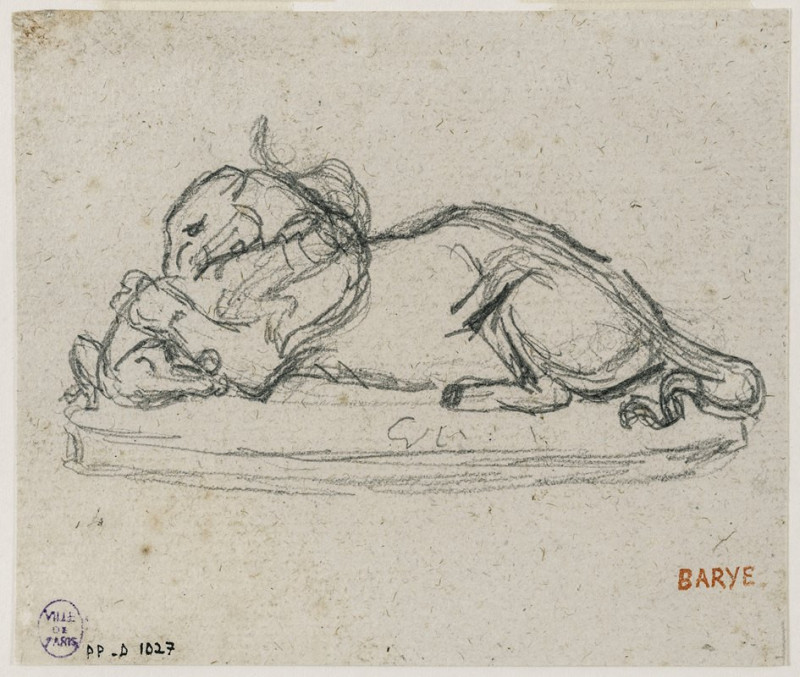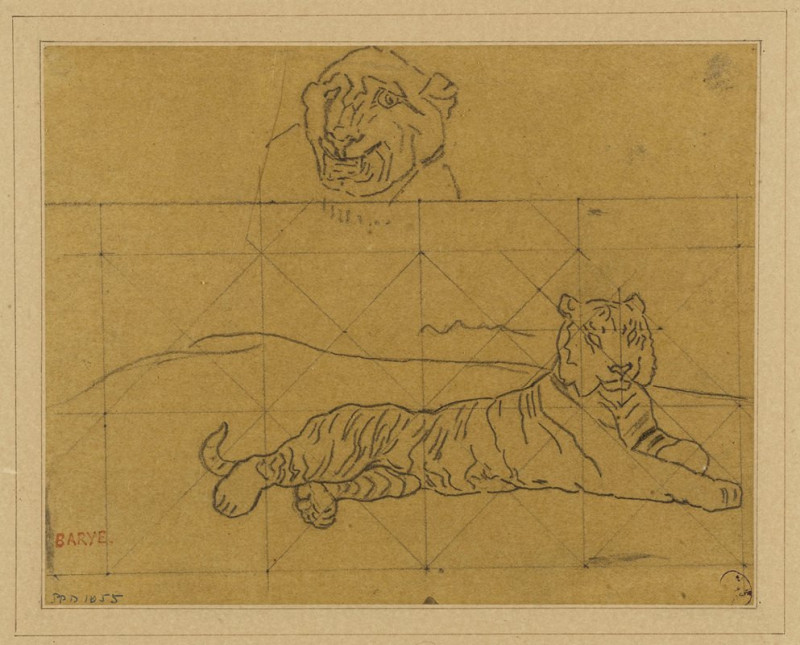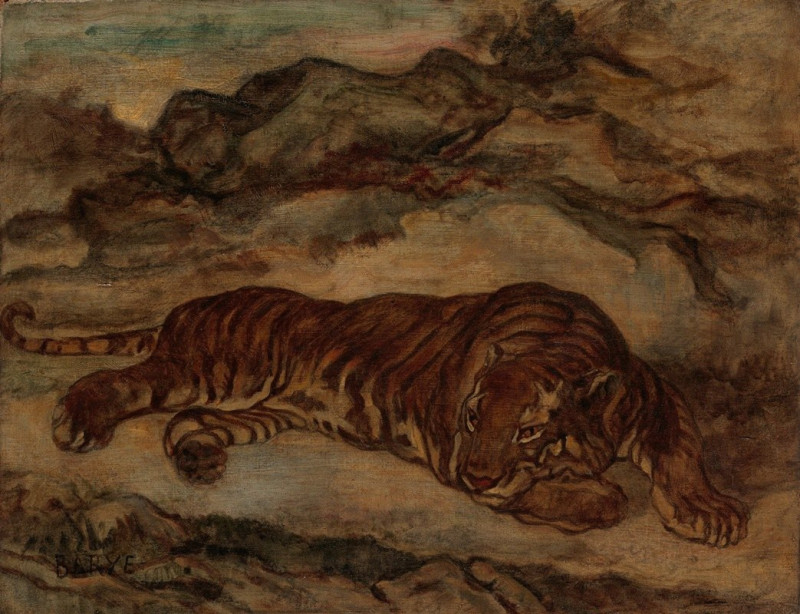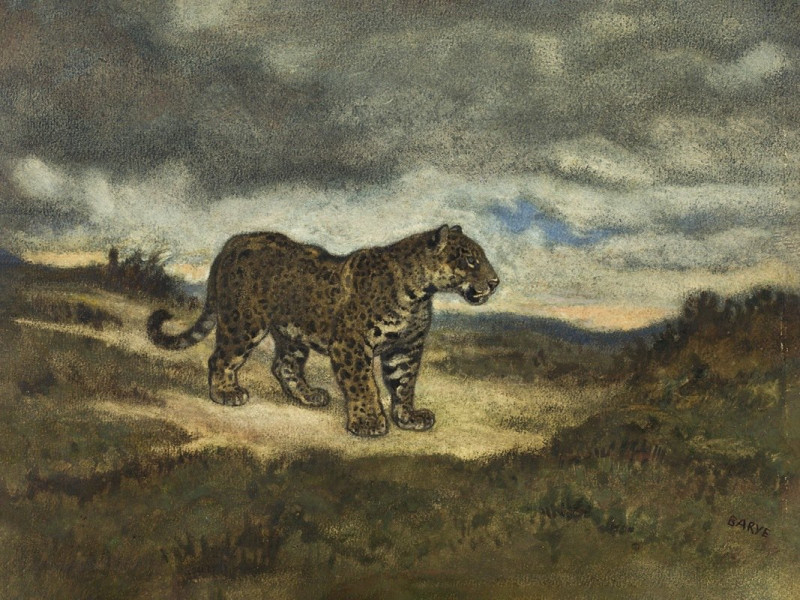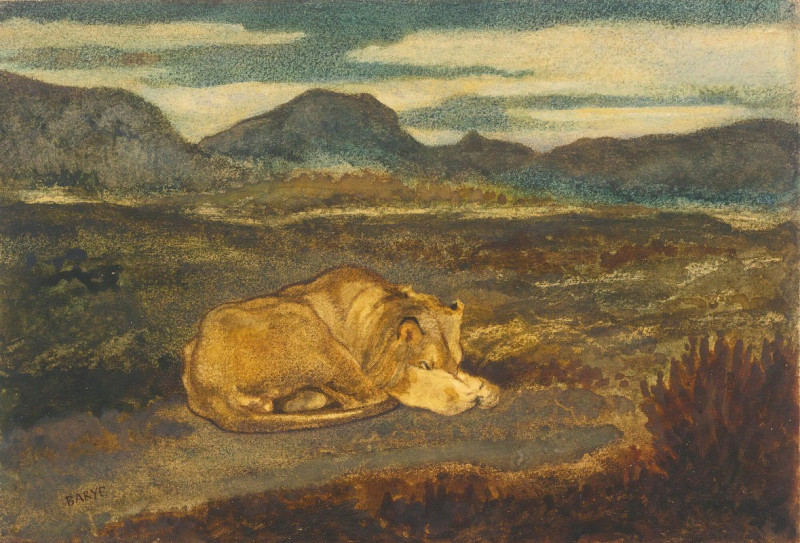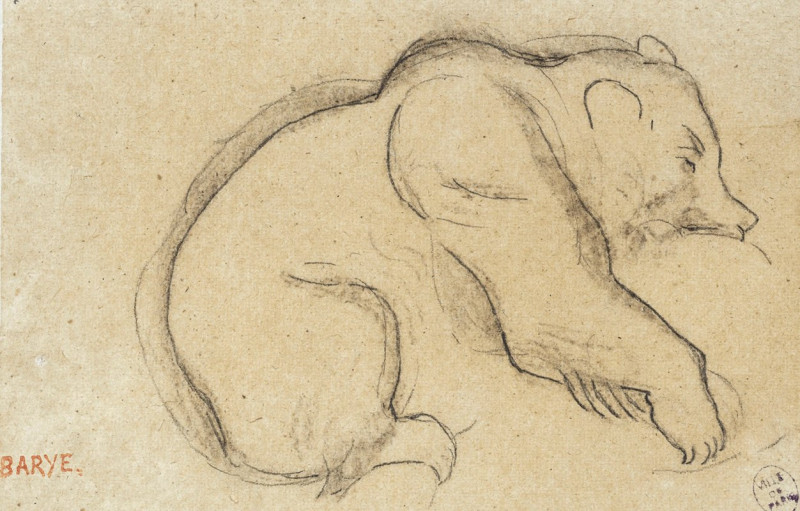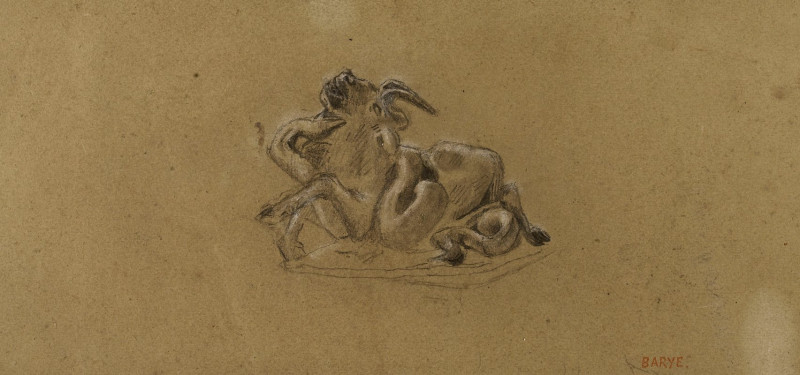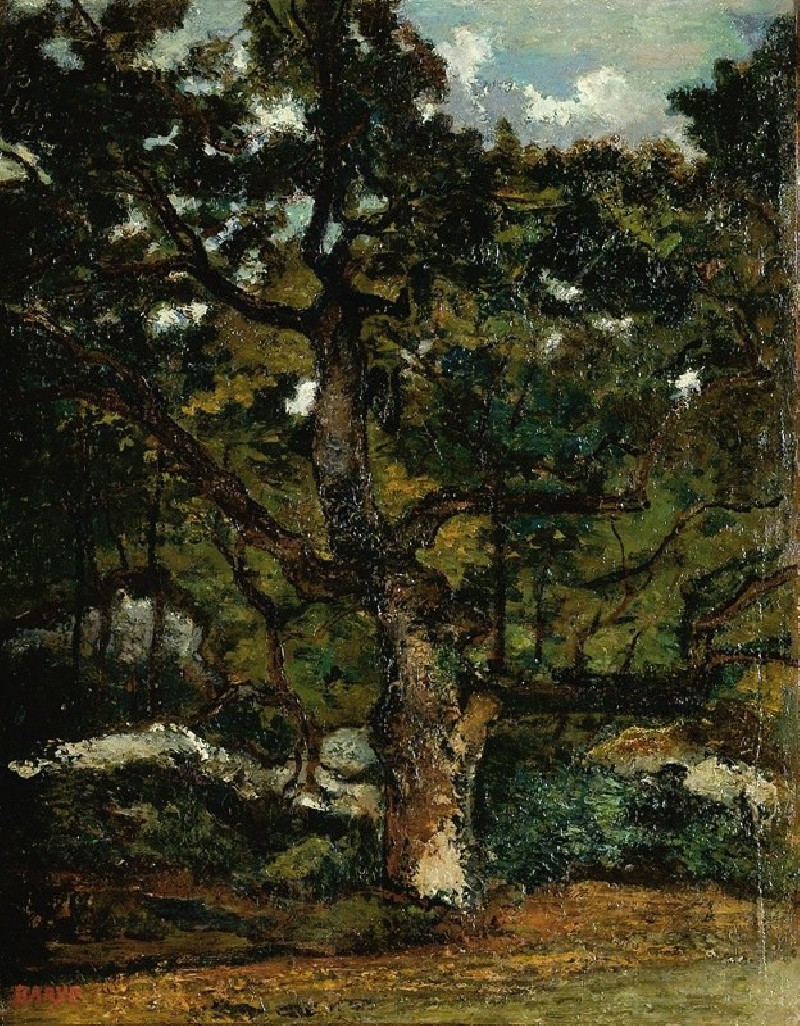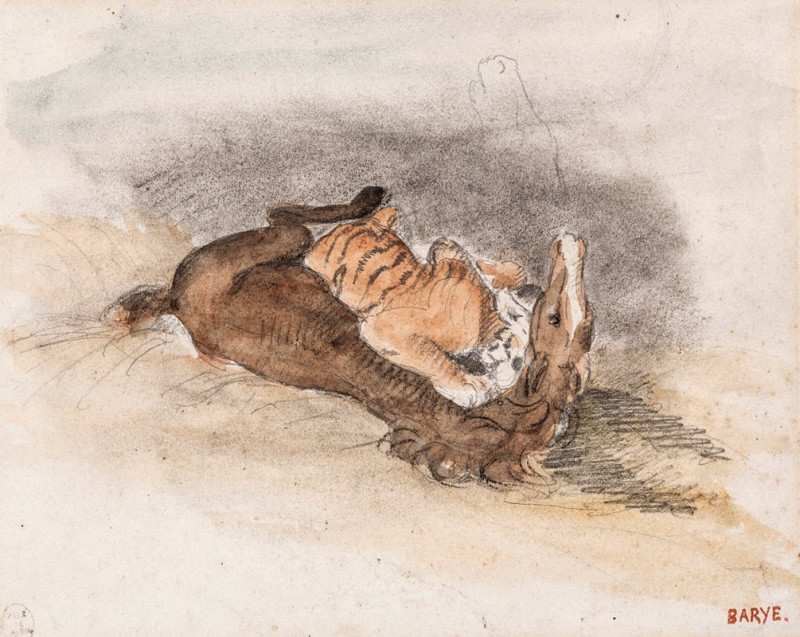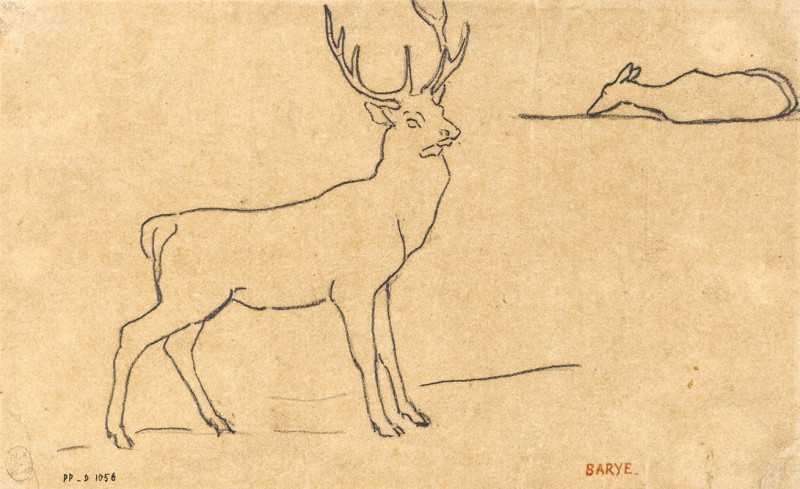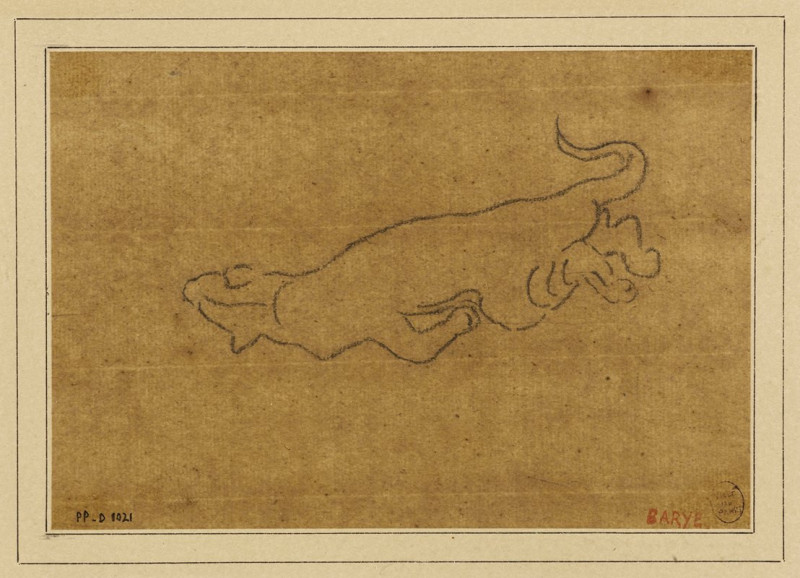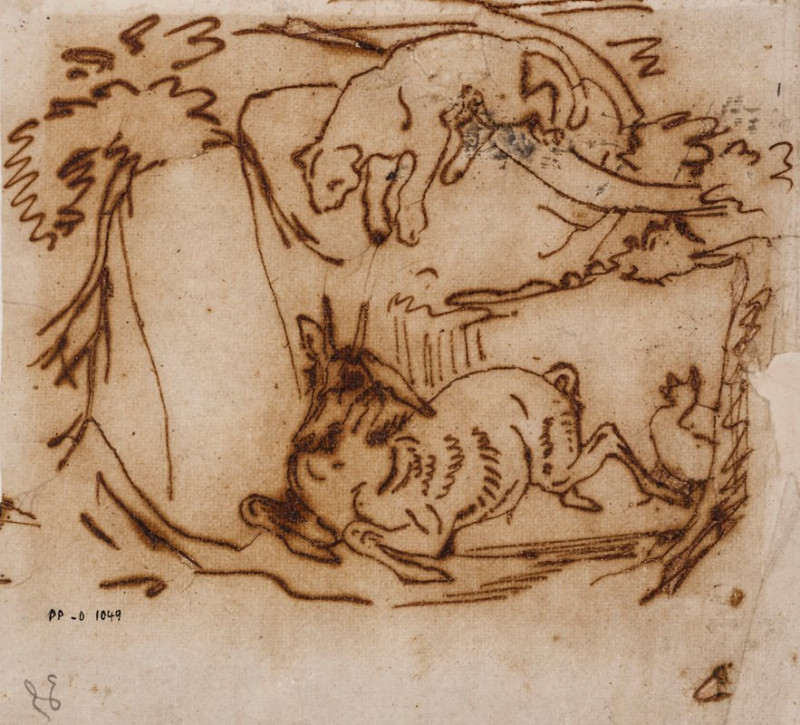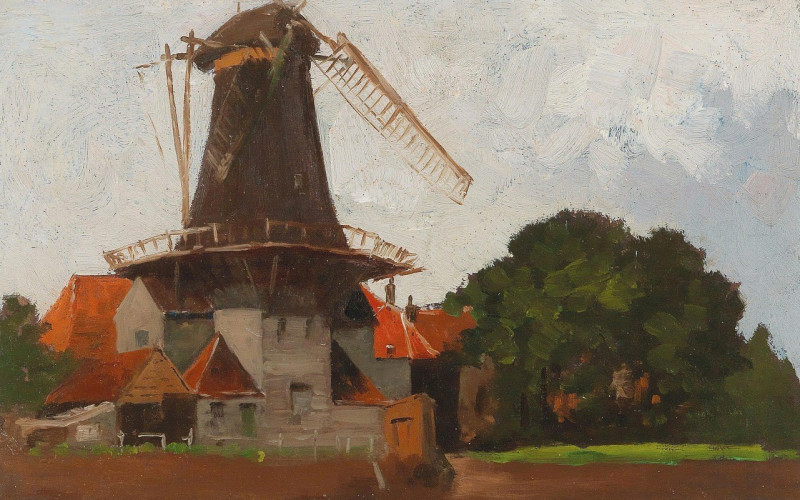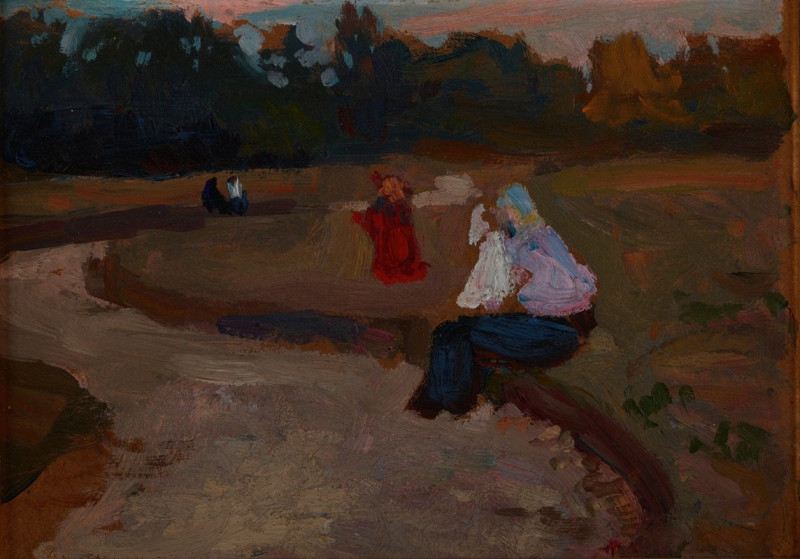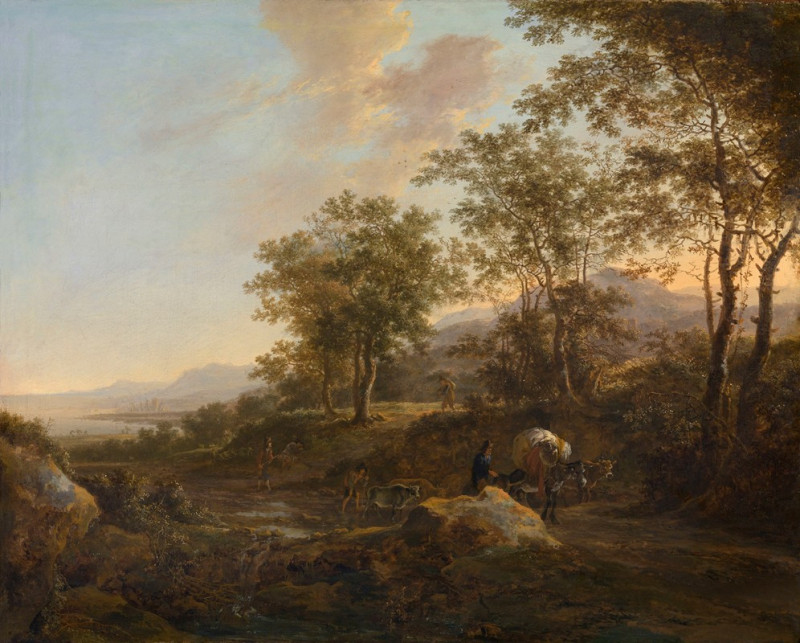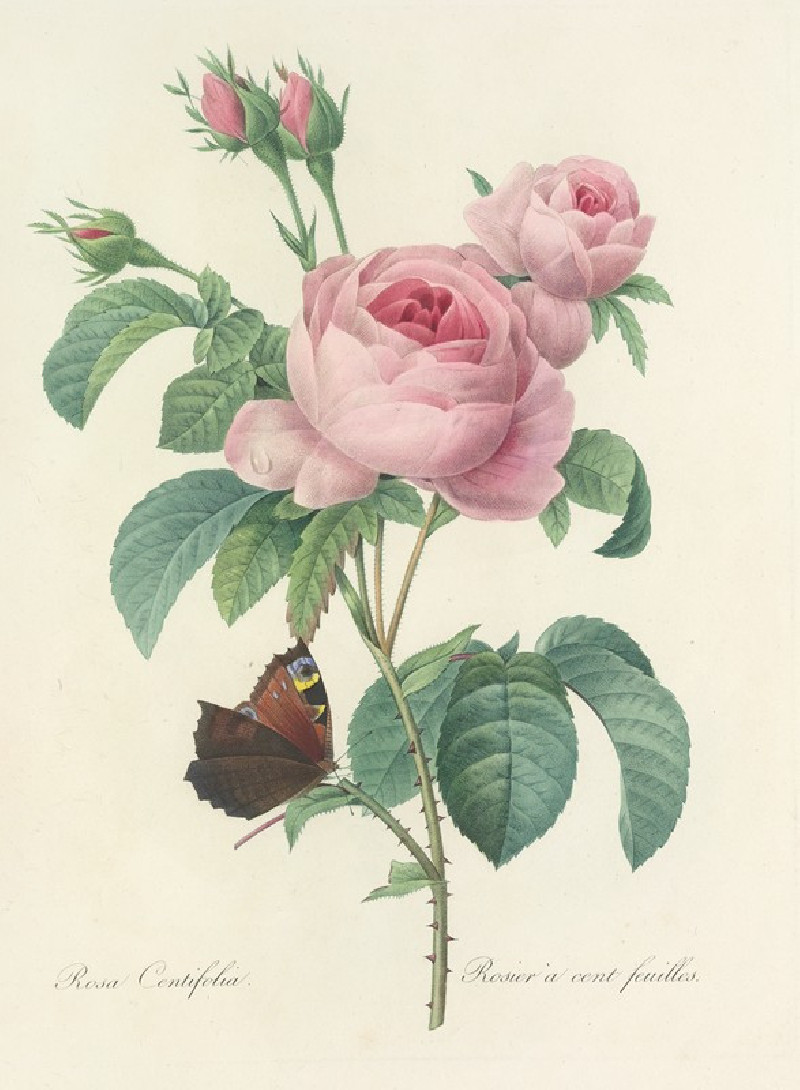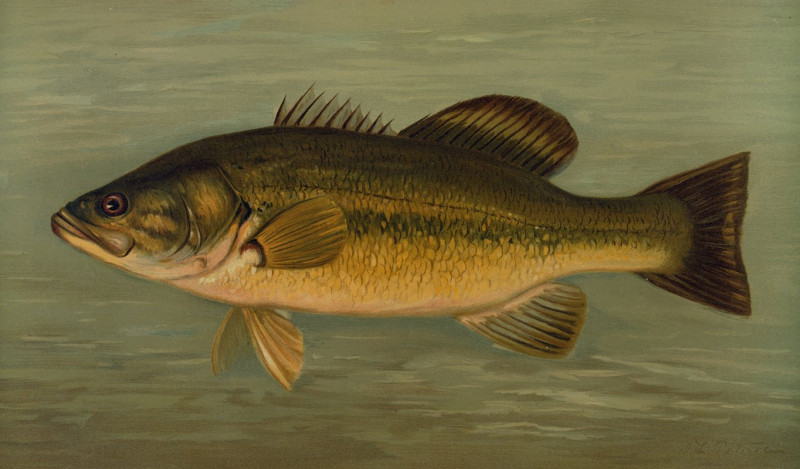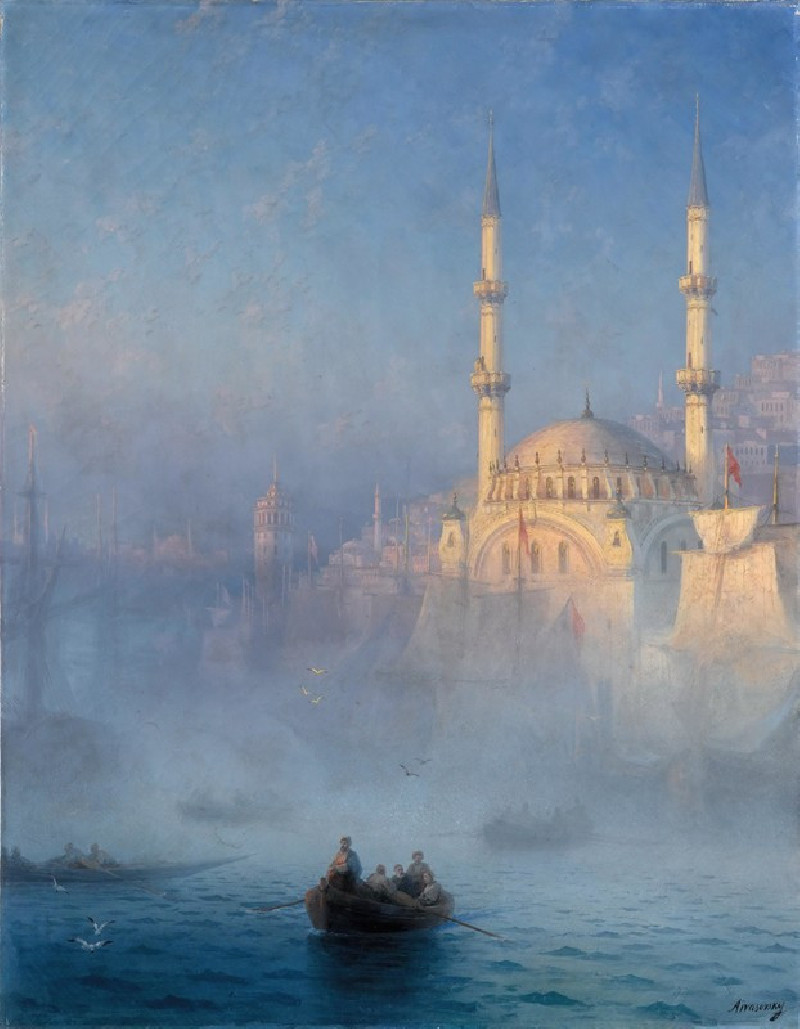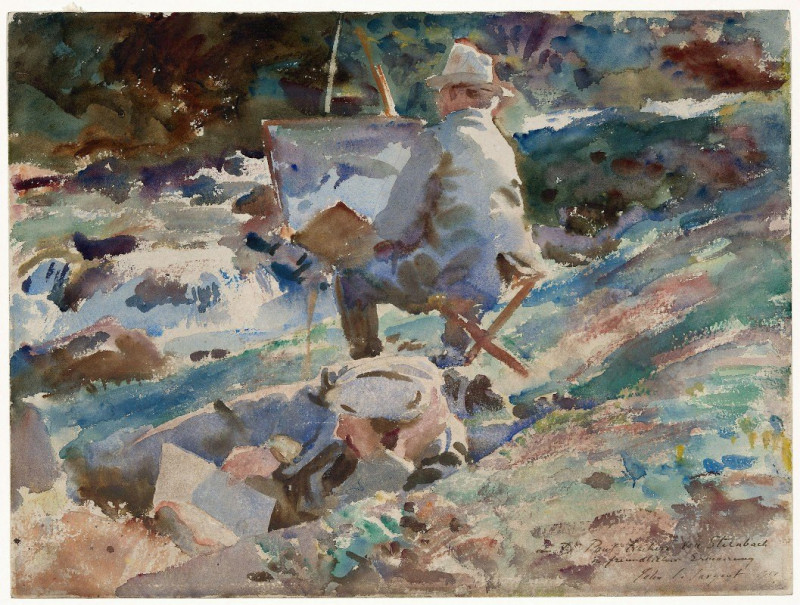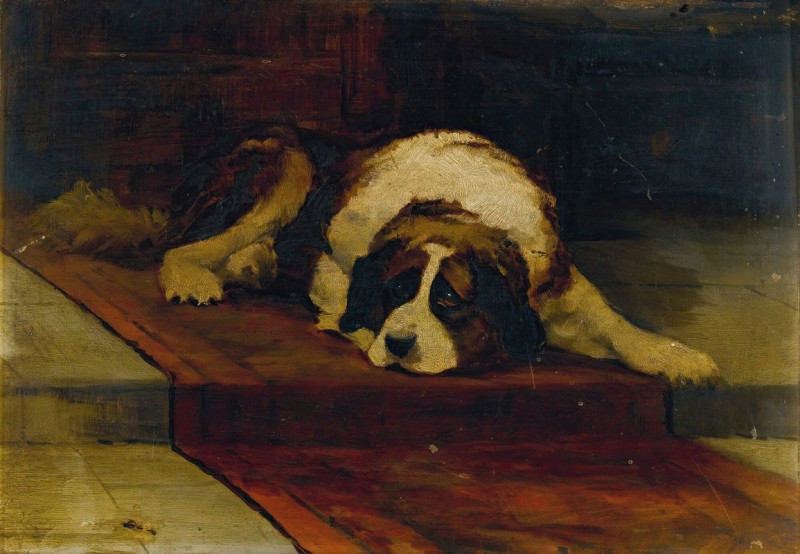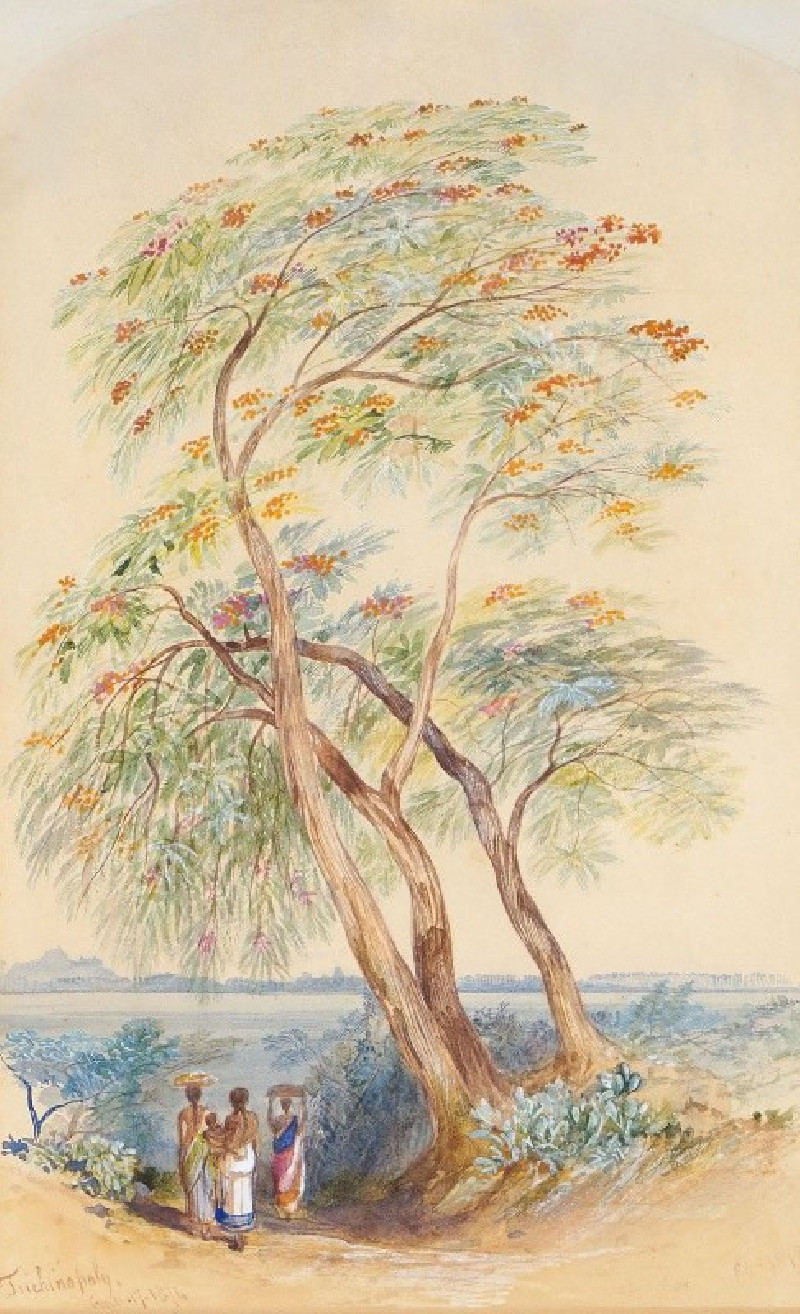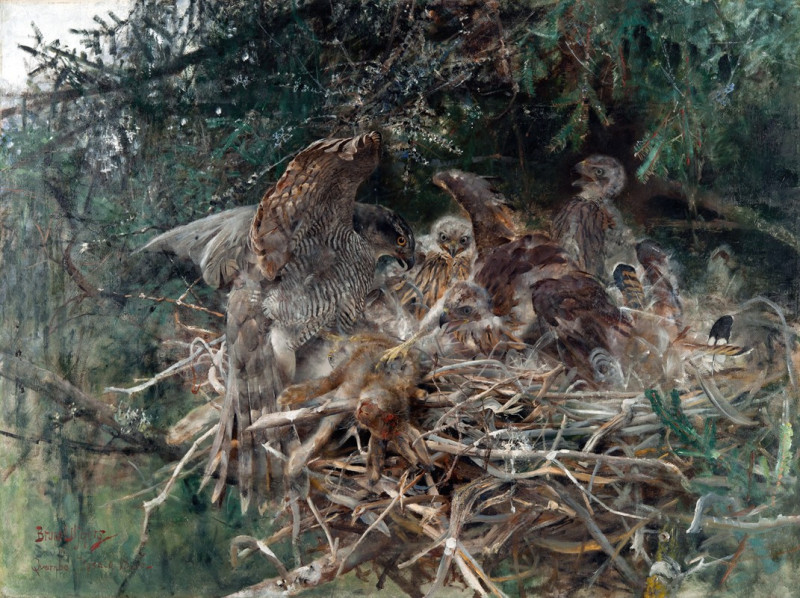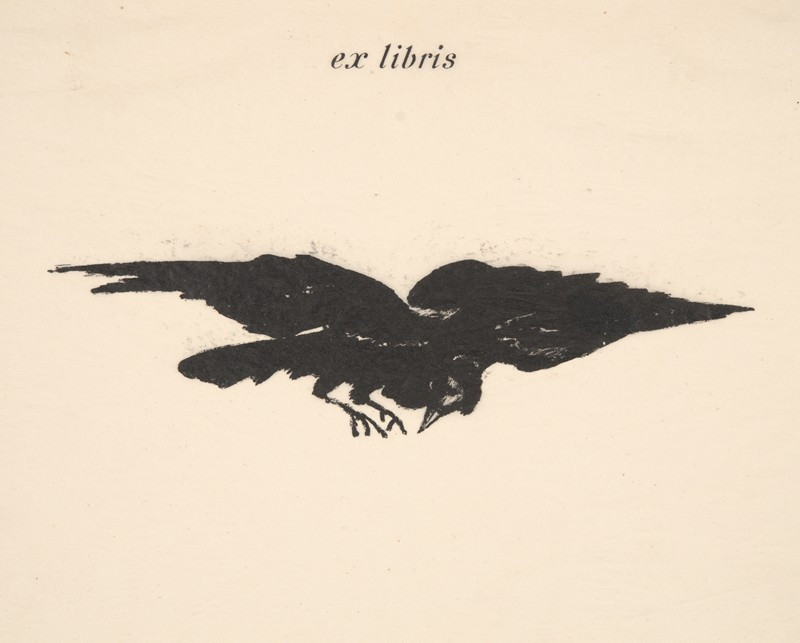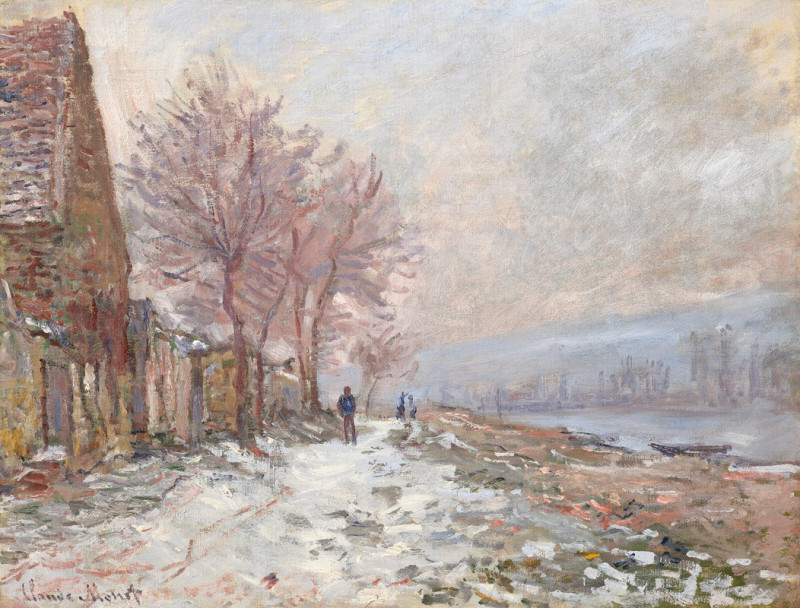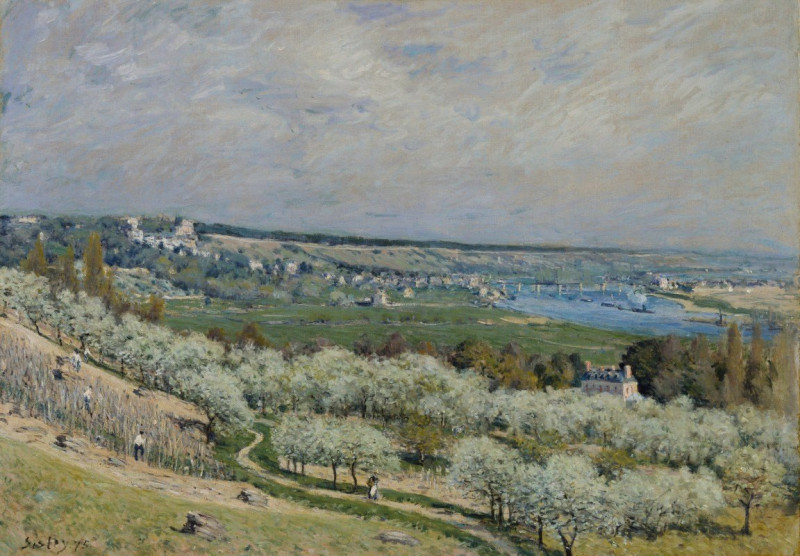Etude d’éléphant marchant (19th century)
Technique: Giclée quality print
Recommended by our customers
More about this artwork
"Etude d’éléphant marchant," a sketch from the 19th century by French artist Antoine-Louis Barye, showcases the subtle yet profound beauty of wildlife art. In this delicate study, Barye captures the gentle gait of a marching elephant, portraying not just the physical details but the serene grace of this majestic creature.Drawn with careful, soft lines, the elephant appears to move across the page, its form emerging through a mist of fine, almost tentative pencil strokes. Barye's use of light and shadow is minimal yet effective, highlighting the creature’s vast bulk and the texture of its skin. The background is left unadorned, directing all attention to the subject and enhancing the feeling of an intimate encounter with nature.Antoine-Louis Barye, renowned for his sculptures and animal studies, demonstrates his keen observation skills and deep reverence for nature in this work. "Etude d’éléphant marchant" not only reflects Barye's artistic talent but also his commitment to depicting animals in their most naturalistic and dignified forms.
Delivery
Reproductions are made to order and take 5 to 7 working days.
We send them out by courier and delivery takes another two working days.
If you need a reproduction sooner, please contact us - we can usually find a solution and produce it a little faster.
If you don't want to pay for postage, you can pick up your paintings at our galleries in Kaunas or Vilnius.
Returns
Yes, reproductions can be returned.
If you have any doubts more than 30 days after the date of purchase, please contact us - we will take the reproduction back for a refund or offer you a replacement!
We accept a maximum of two returns per customer - please note that we make reproductions to order, so please choose responsibly.
We do not refund shipping expenses.



